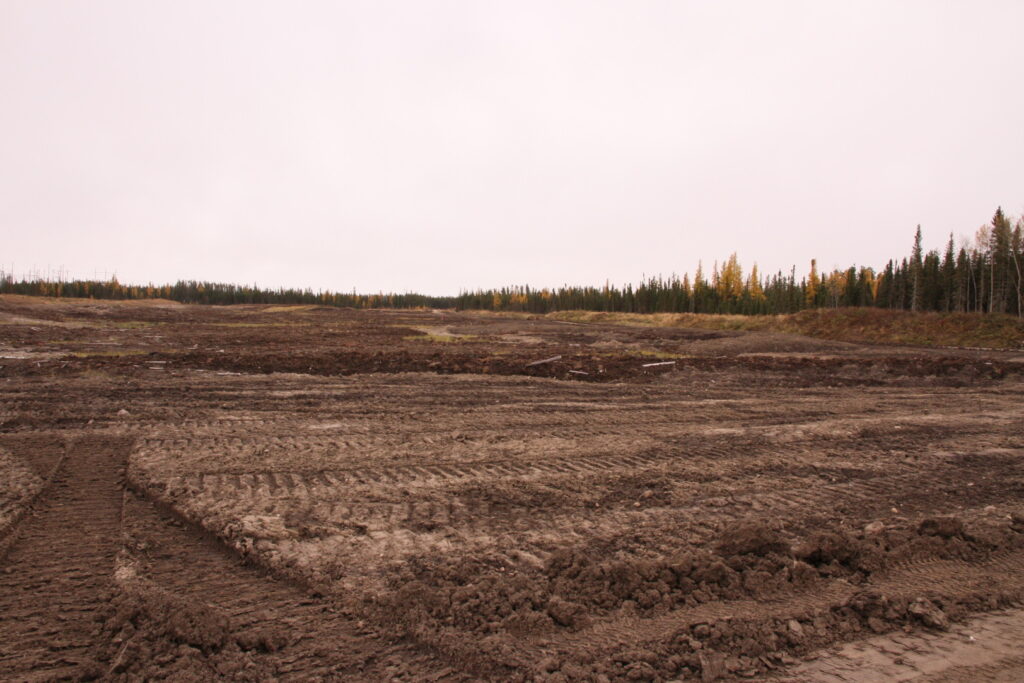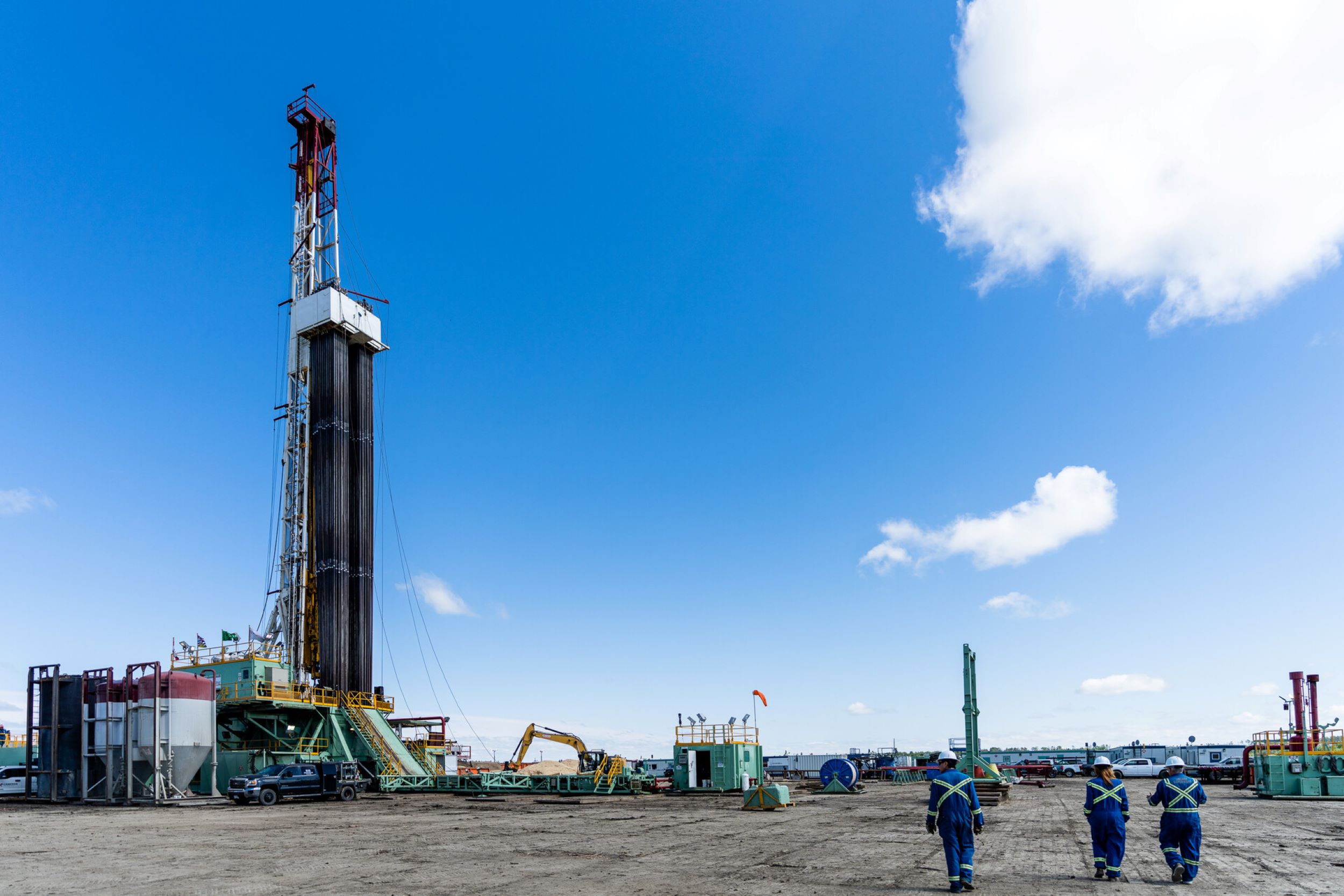Unlike conventional crude oil, which occurs as a liquid within the pore spaces of solid rock, oil sands are a mixture of semi-solid oil, sand, clay, and water. The viscous crude, called bitumen, can’t just be pumped like an oil well; extraction methods use more energy and more water and are much more costly than conventional oil drilling. For deposits near the land surface, the sand-plus-oil mixture is strip-mined, then processed with hot water and solvents to release the bitumen. For deeper deposits, the “in-situ” process too is complex: Steam must be injected underground to allow the bitumen to flow into extraction wells. National Geographic, citing a litany of environmental problems left to be addressed, has called oil sands the “
world’s most destructive oil operation.”
Mining bitumen strips away forest cover and topsoil, leaving acre upon acre of barren, black ground. The post-processing tailings are piped into vast ponds, which contain an “
acutely toxic” mixture of water, sand, hydrocarbons, ammonia, acids, and heavy metals. The total volume of wastewater currently exceeds
4 billion gallons and counting, with
1.5 gallons of tailings waste produced for each gallon of bitumen.
Scientific studies have detected toxins in the aquatic environment downstream from oil sands production, and a 2017 analysis estimated that cleanup costs
will exceed the value of oil sands royalties collected by the province of Alberta.


